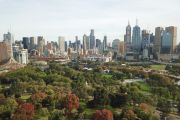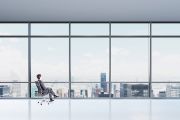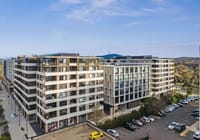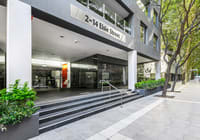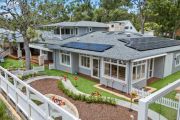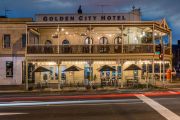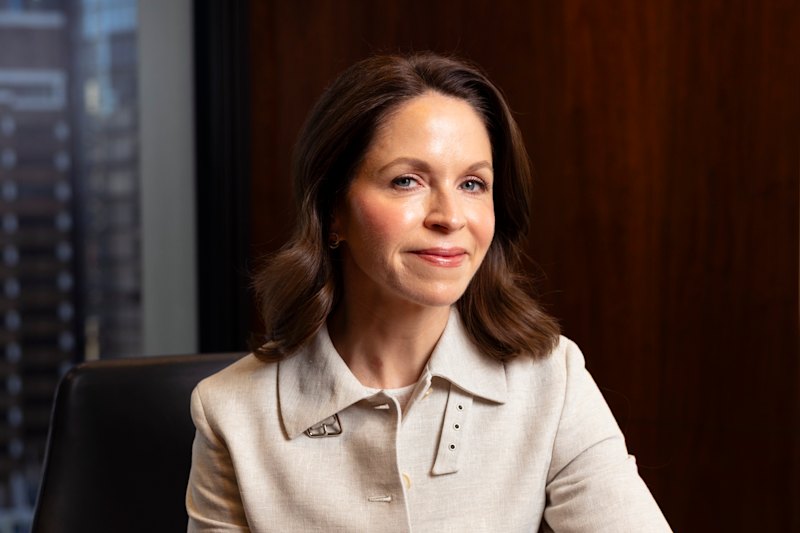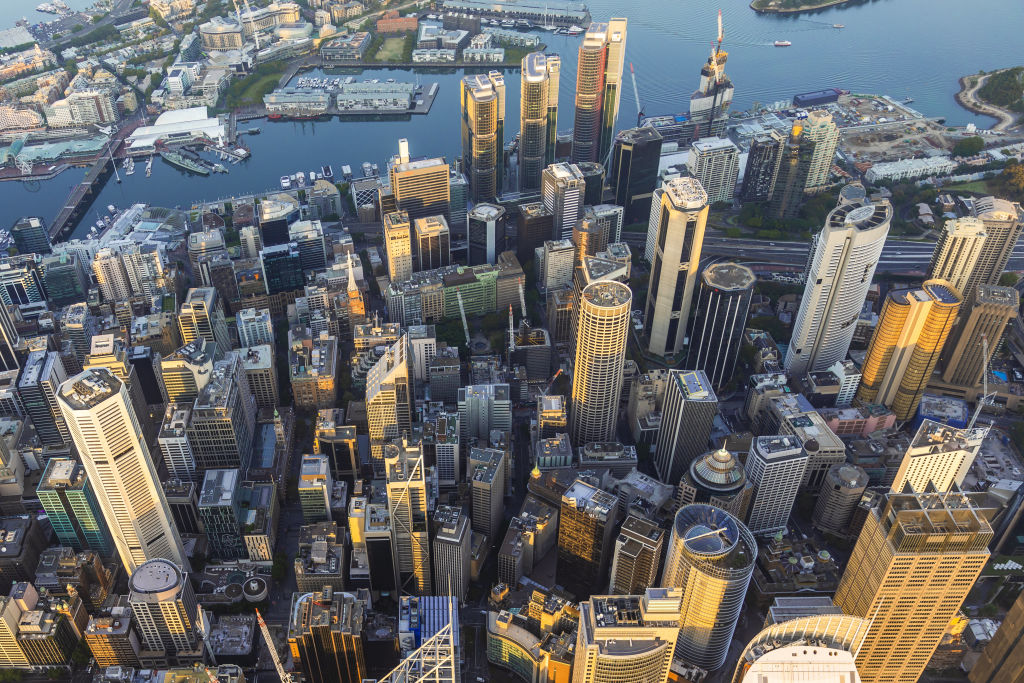
Tenants in the box seat as Sydney CBD office rents tipped to fall
Rents in the Sydney CBD office market are tipped to tumble, but the city’s sharp vacancy rate and shortage of space are expected to act as a buffer from COVID-19 as the jobless rate rises.
“[Sydney’s office] occupier markets are showing to be impressively resilient at this point,” said Sean Ellison, Asia Pacific senior economist at the Royal Institution of Chartered Surveyors.
While the pullback in headline occupier demand has not been as bad as in the depth of the global financial crisis, the outlook on Sydney’s office rents is “decidedly negative” for the next 12 months.
The market estimates prime-grade office rents in Sydney’s CBD to fall by 4.1 per cent in the next 12 months, a RICS survey of property professionals shows.
Despite the slight increase in vacancy in the second half of 2019, Sydney CBD prime gross effective office rents crept up by 4.5 per cent to $1076 in the 12 months to March 2020, according to Cushman & Wakefield data.
Tenant demand was particularly strong from the information, media and technology sector in 2019, Tim Courtnall, Cushman & Wakefield’s NSW head of office leasing, said.
“Occupiers from the IMT sector should continue to be a mainstay of demand over the next 12 months and, while demand from the finance sector has been strong, conditions are likely to be subdued in the short term,” he said.
Even before the current health crisis, tenant demand had started to soften from its peak in 2019, Mr Courtnall said. Conditions are becoming more tenant favourable after years of surging rents and this is anticipated to continue for the rest of 2020.
“More specifically, given recent headwinds and future uncertainty, we have already seen a number of deals not transact and we expect tenants to renegotiate all deals on the table,” he said, adding that landlords might be open to negotiations with tenants in the coronavirus environment.
“It’s possible we see a scenario where, due to risk aversion in the current climate, occupiers reconsider expansion plans and there is an increase in sublease space.”
About 49,000 square metres of sublease space is on the market and this is expected to increase. “In context, sublease vacancy peaked at 105,000 square metres during the global financial crisis, although we don’t expect it to reach that level at this stage,” Mr Courtnall said.
He said while corporate tenants were likely to be risk-averse in the current environment, office development projects that were well underway would be seen through to completion.
“While rental growth will be weak or negative in 2020, relatively muted supply and low vacancies suggest growth can return quickly in line with economic recovery.”
But for now, the Sydney CBD recorded negative net absorption of -59,800 square metres in the first quarter of 2020, according to JLL figures.
Daniel Kernaghan, JLL NSW managing director and head of office leasing, said this was “largely expected”, due to the relocation of several major tenants outside of the CBD. These included NSW Transport, which moved to the Glasshouse building in Macquarie Park, and Publicis Groupe, which was setting up shop in Pyrmont.
While Mr Kernaghan said it was too early to assess the impacts of the COVID-19 pandemic on Sydney’s office leasing market, he emphasised that the fundamentals were strong when the health crisis began.
“As a result, we expect demand to be subdued in the second quarter as businesses absorb the effects, before a return to a stronger second half.”
Tom Mott, Savills NSW office leasing director, said tenants were still looking to secure space. But he acknowledged that they were negotiating for more tenant-favourable terms in the current climate.
“Sydney is lucky given the lack of supply now through to 2021, however this will change,” he said. “Government will be one cohort that will drive inquiry, which will result in quick [development] start dates.”
Mr Mott noted that tenants had increased expectations and were demanding more than just the four walls of their office.
“End-of-trip facilities, third spaces, lobby cafes are must-haves, but they want more. Technology and seamless transitions from different spaces in a building are critical.”
He was sanguine about the recovery prospects for the office market in Sydney’s CBD, stressing that “when it bounces, it will bounce back hard”.
“Confidence will be reinstated when this all bottoms out and we know what the new norm is,” he said.
“When that is and what that looks [like] is unknown – when it happens the pent-up demand will be unprecedented.”
Jenine Cranston, CBRE’s senior director of office leasing, said in the past year there had been a shift in the size and type of office spaces that prospective tenants are seeking.
Demand for the sub-500 square metre office market has dropped by 22 per cent, while small-to-mid market demand for spaces between 501 and 1000 square metres has increased by 48 per cent, according to a CBRE survey.
“This is a structural change to how space is occupied in the CBD,” she said.
Correction: Due to a production error an earlier version of the table in this story, which also appeared in the Leasing liftout in the Australian Financial Review of May 28, had dates showing 2009. This was incorrect.

